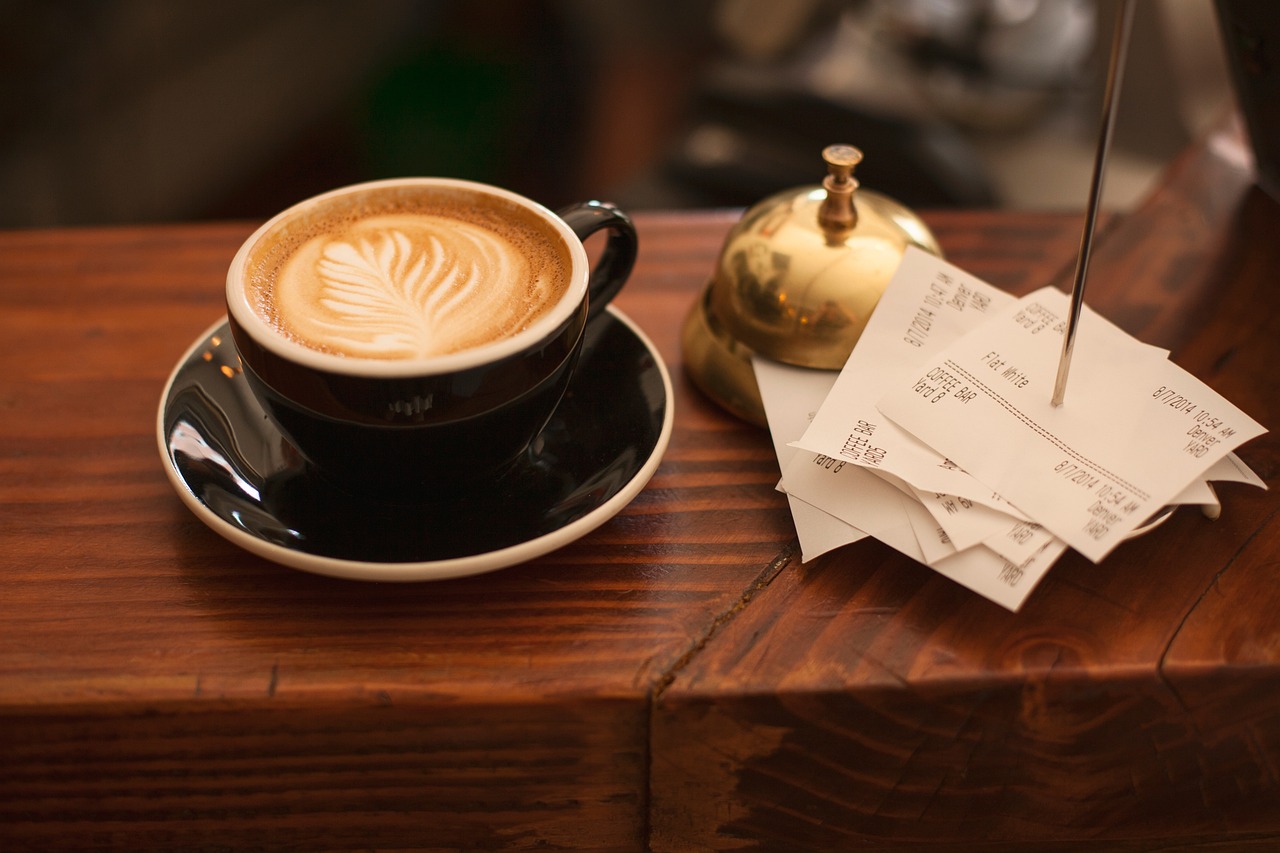
Tipping practices have experienced significant shifts with the rise of self-service fast-food kiosks and smartphone delivery apps, creating more tipping opportunities. However, economic factors, such as the high cost of living and an uncertain economy, have led cash-strapped consumers to reduce their tipping frequency. Bankrate’s report reveals that fewer consumers now claim to “always” tip for services like dining out, ride-shares, haircuts, food delivery, housekeeping, and home repairs compared to previous years. This trend is influenced by inflation and general economic unease, causing Americans to become more cautious with their tipping habits.
The sentiment towards tipping has become increasingly negative, particularly with the prevalence of contactless and digital payment prompts that offer predetermined tipping options. Bankrate highlights that two-thirds of Americans hold a negative view of tipping, especially in situations where tipping prompts range from 15% to 35% for each transaction. This growing pressure to tip has led to feelings of resentment among consumers, who feel that they are confronted with more tipping invitations than ever before.
Notably, while these tipping dynamics hold true on a broader scale, it’s worth considering how tipping practices specifically manifest in different regions, such as Pahrump. Pahrump, a town in Nevada, has its own unique tipping culture. As with many areas in the United States, tipping is customary in Pahrump’s service industry, including restaurants, hair salons, and hospitality establishments. It is generally expected to tip around 15% to 20% for satisfactory service.
However, it’s important to remember that tipping practices can vary on an individual basis, and it is always advisable to consider local customs and expectations. In Pahrump, like other regions, individuals may have their own preferences and tipping standards, so it’s helpful to be mindful of the local norms when deciding on gratuities.






